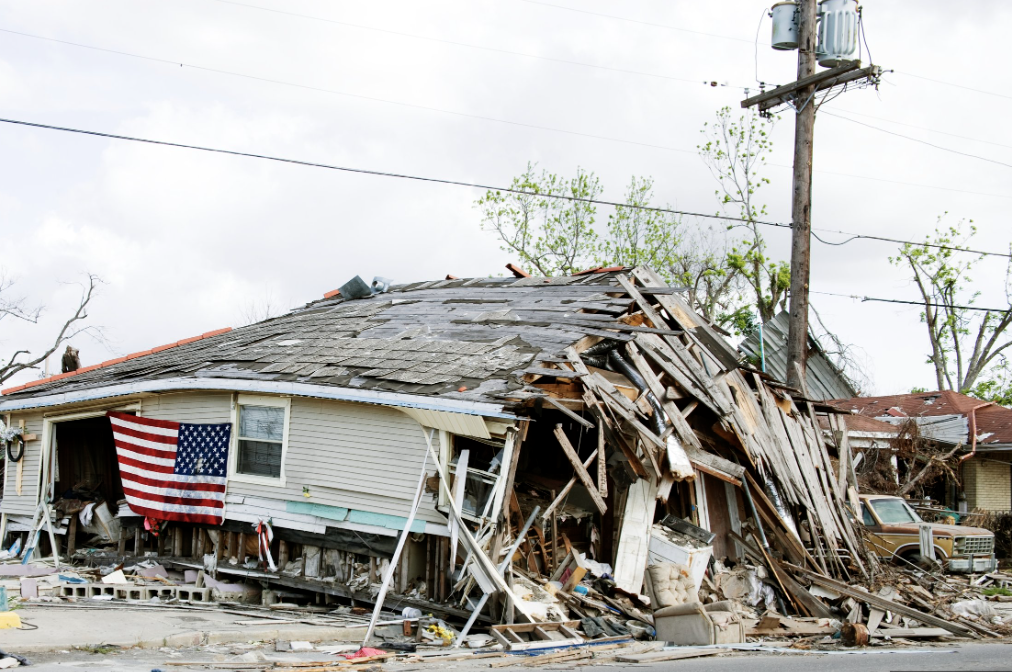Recently, the massive weather catastrophe known as Hurricane Helene has caused devastation on the southeastern coast of the US. Starting off as a Category 1 storm in the Gulf of Mexico, this tempest landed in Florida last Thursday, September 26th, as a Category 4 hurricane. Featuring winds traveling up to 140 mph, Helene was the first recorded Category 4 to reach the Big Bend area of Florida. For reference, Hurricane Sandy, which caused massive destruction on the eastern seaboard of the US over a decade back, only featured Category 1 intensity when it landed in New Jersey, as some of you might remember.
Currently traveling north, Helene has had major impacts in Tennessee, Virginia, Georgia, and North and South Carolina. Even before Helene reached the state, North Carolina had already been saturated with heavy rain, causing flooding and road blockages to hinder evacuation. Over 140 people have been reported dead due to the havoc wreaked by Helen, including five first responders, aside from the displacement and separation of families caused as well.
Experts say that the effects of Helene have been exacerbated due to increasing recent climate change. Global warming has contributed to the immense rainfall during the storm. Furthermore, the unprecedented warmth of the water in the Gulf of Mexico and the surrounding excess moisture helped contribute to the development of Helene as such a severe storm. As such, Helene just serves as an example and a warning as to the future detrimental effects of climate change.
Currently, Helene is not projected to reach as far north as New Jersey, failing to directly impact residents. However, many other individuals have lost their homes and belongings due to the hurricane; the Federal Emergency Management Agency is currently working urgently to raise funds and materials to support those in need while also providing personnel for in-person support.
































